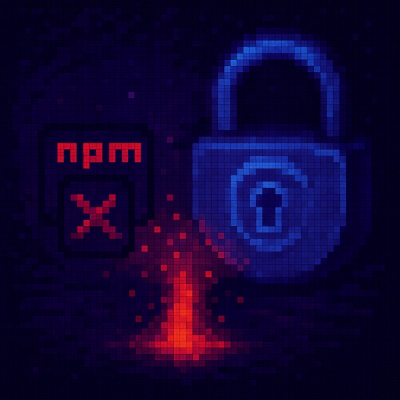🚚 db-truck
db-truck is a simple npm module you can use to manage schema migrations for your
favorite SQL database.
Migrating your database has never been so easy!

Usage
$ npm install -g db-truck
$ npm install --save-dev db-truck
$ db-truck init
$ db-truck create my-first-migration
$ CONNECTION_STRING=<connection-string> db-truck up
$ db-truck -c <connection-string> up
tip: You can export env variables if you'd like to keep your commands short, and not have to pass them in every time:
export CONNECTION_STRING=<...>
export MIGRATIONS_PATH=<...>
# or
export DB_USER=<...>
export DB_PASSWORD=<...>
export HOST=<...>
export DB=<...>
Commands
db-truck init
This will create a ./migrations folder where you can keep your migrations
$ db-truck init
db-truck create
Creates a new migration:
$ db-truck create my-first-migration
creates a file under ./migrations/<unix_timestamp>_my-first-migration.js
with a sample migration:
module.exports = {
up: async client => {
},
down: async client => {
}
}
Migrations can also be written in TypeScript and parameterised SQL template strings are supported (like those provided by sql-template-tag or sql-template-strings):
import { Migration } from 'db-truck'
import sql from 'sql-template-tag'
const migration: Migration = {
up: async client => {
const value = 'text'
await client.query(sql`INSERT INTO test_table (text) VALUES (${value});`)
}
}
export default migration
db-truck pending
Lists all your pending migrations
$ db-truck pending
db-truck up
Runs all your pending migrations
$ db-truck up
db-truck assume-migrated
Force updates the migrations table to assume that certain migrations have been run.
This is especially useful in scenarios where you're adding db-truck to a database that already contains data and you wouldn't want to have all migrations applied to an existing production environment.
note: assume-migrated accepts the same options as the up command.
$ db-truck assume-migrated
db-truck down
Will downgrade your migrations (one downgrade per run)
$ db-truck down
custom migration paths
If you'd like to store your migrations in a different path:
$ db-truck -migrations-path=<your_custom_path>
or, export the following environment variable:
export MIGRATIONS_PATH=<your_custom_path>
Design
db-truck uses sequelize and umzug under the hood.
Sequelize will create a schema_migrations table in your database in order to
keep track of which migrations have been executed and which ones are still pending.
License (MIT)
WWWWWW||WWWWWW
W W W||W W W
||
( OO )__________
/ | \
/o o| MIT \
\___/||_||__||_|| *
|| || || ||
_||_|| _||_||
(__|__|(__|__|
Copyright (c) 2018 Segment.io, Inc. friends@segment.com
Permission is hereby granted, free of charge, to any person obtaining a copy of this software and associated documentation files (the 'Software'), to deal in the Software without restriction, including without limitation the rights to use, copy, modify, merge, publish, distribute, sublicense, and/or sell copies of the Software, and to permit persons to whom the Software is furnished to do so, subject to the following conditions:
The above copyright notice and this permission notice shall be included in all copies or substantial portions of the Software.
THE SOFTWARE IS PROVIDED 'AS IS', WITHOUT WARRANTY OF ANY KIND, EXPRESS OR IMPLIED, INCLUDING BUT NOT LIMITED TO THE WARRANTIES OF MERCHANTABILITY, FITNESS FOR A PARTICULAR PURPOSE AND NONINFRINGEMENT. IN NO EVENT SHALL THE AUTHORS OR COPYRIGHT HOLDERS BE LIABLE FOR ANY CLAIM, DAMAGES OR OTHER LIABILITY, WHETHER IN AN ACTION OF CONTRACT, TORT OR OTHERWISE, ARISING FROM, OUT OF OR IN CONNECTION WITH THE SOFTWARE OR THE USE OR OTHER DEALINGS IN THE SOFTWARE.
Maintainers

Create PR, get it approved. Once it's merged to master you can release new version by running release workflow against master branch, which will upgrade the version, rebuild files in dist and push it to the repo's master branch




